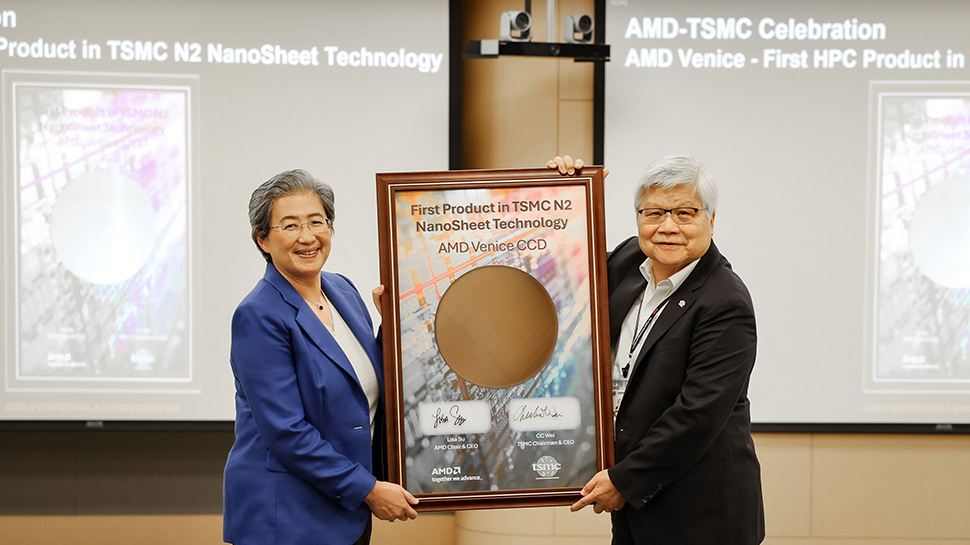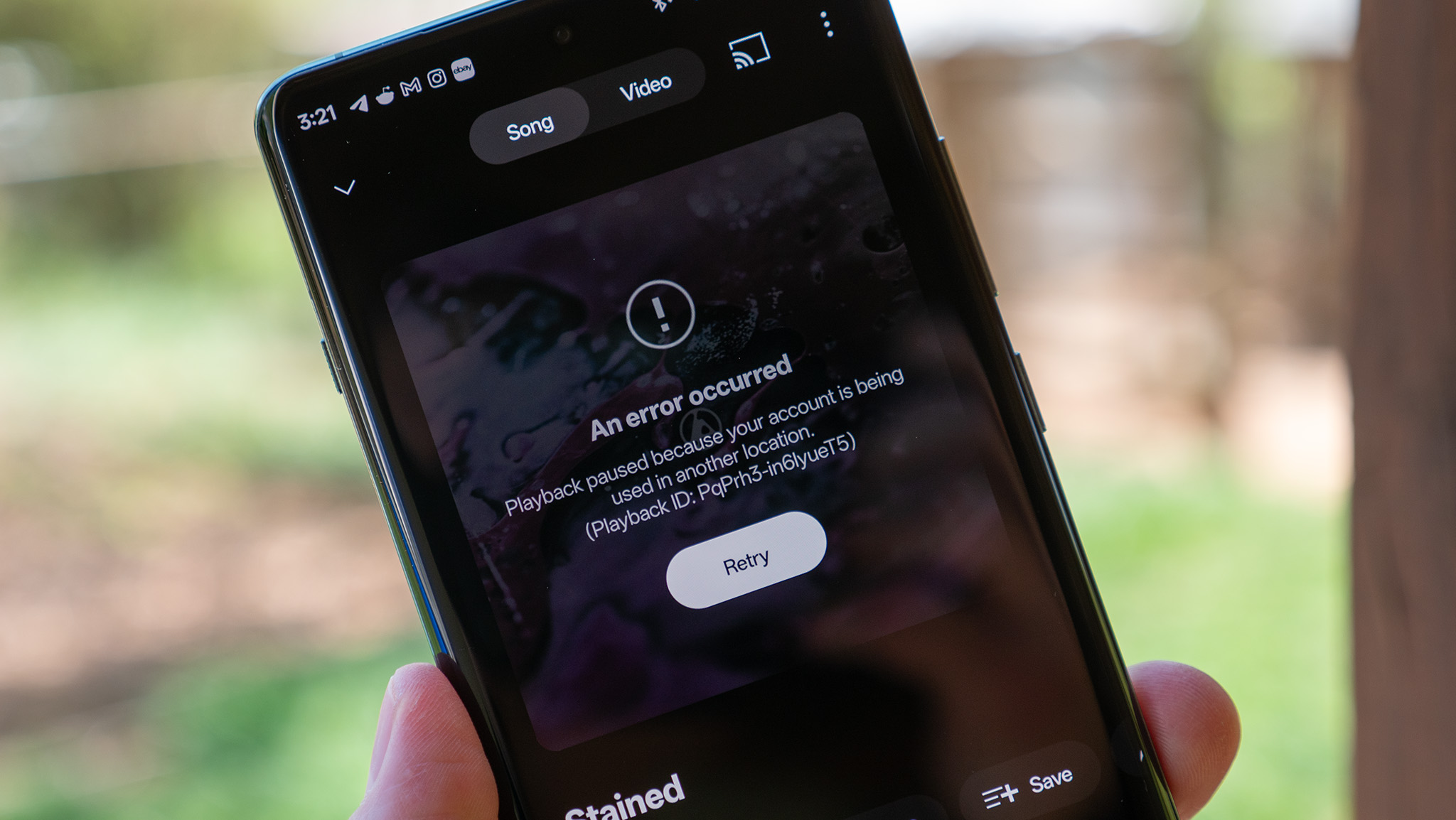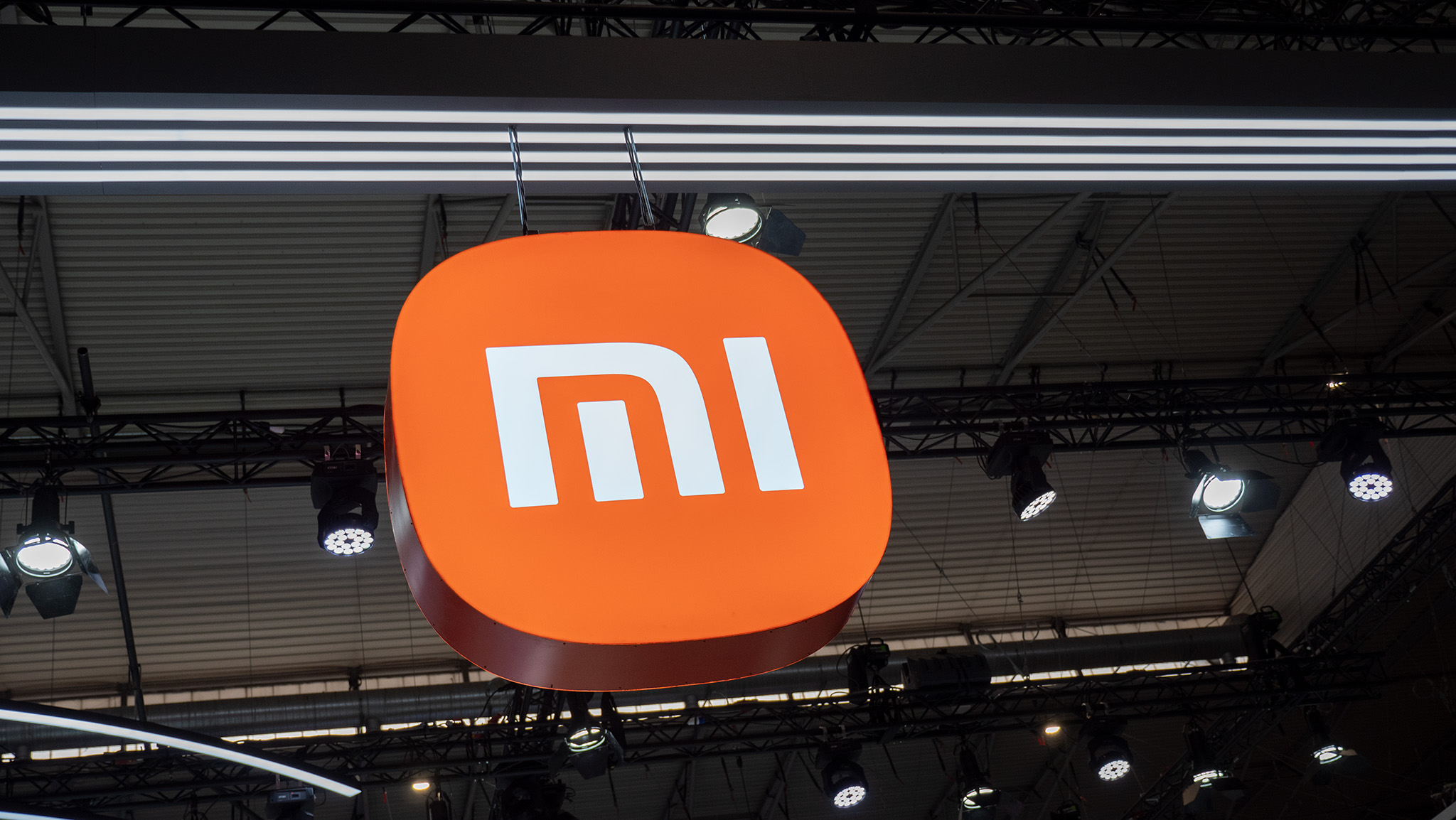Zero Trust 2025 – Emerging Trends Every Security Leader Needs to Know
As we navigate deeper into 2025, Zero Trust has evolved from an emerging security concept to the fundamental architecture underpinning enterprise security. Organizations implementing Zero Trust practices experience significantly lower breach costs compared to those without such measures. Security leaders must now understand and prepare for the next wave of Zero Trust developments to stay […] The post Zero Trust 2025 – Emerging Trends Every Security Leader Needs to Know appeared first on Cyber Security News.
.webp?#)
As we navigate deeper into 2025, Zero Trust has evolved from an emerging security concept to the fundamental architecture underpinning enterprise security.
Organizations implementing Zero Trust practices experience significantly lower breach costs compared to those without such measures. Security leaders must now understand and prepare for the next wave of Zero Trust developments to stay ahead of evolving threats.
This paradigm shift is reshaping how businesses approach security, as traditional perimeter-based defenses have proven inadequate against sophisticated modern threats.
Zero Trust follows the maxim “never trust, always verify,” requiring continuous validation of every digital transaction regardless of where it originates.
This approach fundamentally alters how security is conceptualized and deployed, turning networks into series of secure checkpoints rather than relying on rigid perimeter protection.
Zero Trust
In recent report expressed that By 2025, Zero Trust is becoming the default security model for enterprises. Many new remote access deployments are utilizing Zero Trust Network Access (ZTNA) solutions as organizations pivot away from traditional VPNs.
This shift is propelled by the challenges of hybrid work, cloud adoption, and increasingly sophisticated insider threats. Forward-thinking organizations are embedding Zero Trust principles into broader business strategies rather than treating them as isolated security initiatives.
The regulatory landscape is accelerating Zero Trust adoption, with government agencies and industry bodies now regularly recommending or mandating Zero Trust principles.
Many enterprises are embracing Zero Trust as a starting point for security. However, maturity remains an issue only a small percentage of large enterprises currently have a mature and measurable Zero Trust program in place.
This gap between adoption and maturity presents both a challenge and an opportunity for security leaders.
Organizations are shifting toward viewing Zero Trust not merely as a security framework but as a fundamental component of business strategy. The technical foundation rests on three core principles:
- Terminating every connection to enable real-time inspection and prevent lateral movement by attackers.
- Implementing granular and contextually aware access policies that ensure users and devices only access what they need.
- Reducing attack surfaces by eliminating network-based access entirely, focusing instead on application-level controls.
Security leaders must champion this integrated approach to Zero Trust implementation to achieve meaningful security improvements.
Zero Trust 2025 Security Checklist
- Develop a Zero Trust roadmap aligned with NIST 800-207 principles.
- Implement identity-driven security with MFA, SSO, and least privilege access.
- Strengthen vendor risk management with secure access portals and compliance checks.
- Deploy microsegmentation to limit lateral movement in networks.
- Use AI-driven tools for real-time threat detection and automated response.
- Assume breach readiness with disaster recovery and containment strategies.
- Address the cybersecurity talent gap with training and mentorship programs.
- Continuously monitor endpoints and network activity for anomalies.
- Foster cross-functional collaboration to embed Zero Trust into organizational culture.
- Integrate SASE architectures for unified security management and ZTNA adoption.
Technological Advancements Reshaping Zero Trust
Artificial intelligence is becoming central to Zero Trust architectures in 2025. AI and machine learning automate threat detection, access control, and anomaly detection, enhancing security postures in real-time.
As AI becomes more sophisticated, it enables more nuanced risk assessments and dynamic policy enforcement that adapts to changing contexts without manual intervention.
The concept of continuous authentication is replacing static authentication methods. Organizations are shifting toward behavior-based authentication models where users are continuously verified based on usage patterns.
This approach integrates with identity-centric security controls that verify not just the user but also the device, location, and context of each access attempt.
Facial recognition, fingerprint scanning, and behavioral biometrics that analyze patterns in user behavior are emerging as mainstream technologies for identity verification. These technologies provide both enhanced security and improved user experiences by reducing friction in the authentication process.
Secure Access Service Edge (SASE) growth is accelerating as more businesses integrate Zero Trust with SASE to provide secure, seamless access for remote users while protecting cloud applications.
This convergence provides a unified approach to security that spans networks, clouds, and endpoints, enabling consistent policy enforcement regardless of where users or resources are located.
Leadership Transformation for Zero Trust Success
Organizations with integrated CIO-CISO leadership frameworks experience significant improvements in areas such as fewer security incidents, faster project delivery times, higher stakeholder satisfaction, and improved risk management outcomes.
Security leaders must develop new competencies to effectively implement Zero Trust strategies. Successful Zero Trust leadership demands a robust blend of strategic, technical, and leadership capabilities.
At the strategic level, leaders must demonstrate the ability to integrate security initiatives with broader business objectives and develop frameworks for risk-aware decision-making.
The technical foundation must include deep knowledge of modern security architectures, identity and access management, cloud security, and artificial intelligence applications in security operations.
These capabilities must be underpinned by sophisticated leadership skills, particularly in managing cross-functional teams and guiding organizations through complex technological and cultural transformations.
The ab ility to communicate effectively with diverse stakeholdersfrom board members to technical specialists has become paramount. As one security leader explained, “Zero Trust transformations are a people problem before they’re a technical problem.”
The journey toward Zero Trust maturity is neither simple nor swift but represents the future of organizational security. Security leaders who can artfully blend security consciousness with innovation drive, technical expertise, and business acumen will position their organizations for success in this new paradigm.
By understanding and preparing for these key trends, leaders can transform Zero Trust from a security concept into a strategic business advantage.
Find this News Interesting! Follow us on Google News, LinkedIn, & X to Get Instant Updates!
The post Zero Trust 2025 – Emerging Trends Every Security Leader Needs to Know appeared first on Cyber Security News.











































































































































































![[The AI Show Episode 144]: ChatGPT’s New Memory, Shopify CEO’s Leaked “AI First” Memo, Google Cloud Next Releases, o3 and o4-mini Coming Soon & Llama 4’s Rocky Launch](https://www.marketingaiinstitute.com/hubfs/ep%20144%20cover.png)






































































































































































































![Blue Archive tier list [April 2025]](https://media.pocketgamer.com/artwork/na-33404-1636469504/blue-archive-screenshot-2.jpg?#)

































.png?#)








-Baldur’s-Gate-3-The-Final-Patch---An-Animated-Short-00-03-43.png?width=1920&height=1920&fit=bounds&quality=70&format=jpg&auto=webp#)
























_Aleksey_Funtap_Alamy.jpg?width=1280&auto=webp&quality=80&disable=upscale#)













































































































![Apple's Foldable iPhone May Cost Between $2100 and $2300 [Rumor]](https://www.iclarified.com/images/news/97028/97028/97028-640.jpg)
![Apple Releases Public Betas of iOS 18.5, iPadOS 18.5, macOS Sequoia 15.5 [Download]](https://www.iclarified.com/images/news/97024/97024/97024-640.jpg)
![Apple to Launch In-Store Recycling Promotion Tomorrow, Up to $20 Off Accessories [Gurman]](https://www.iclarified.com/images/news/97023/97023/97023-640.jpg)




































































































































